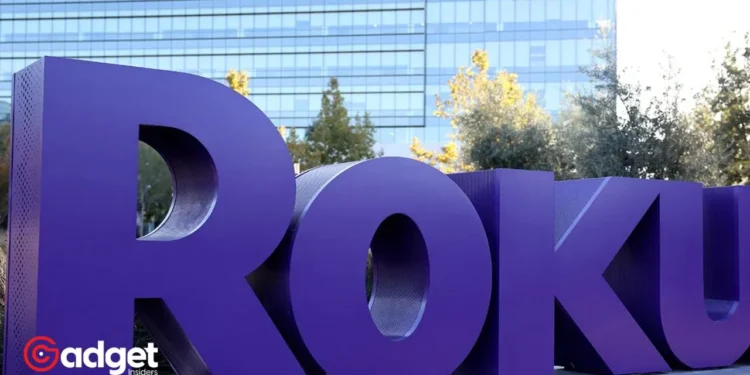In a startling revelation that has sent shockwaves through the tech community, Roku, the renowned streaming platform, has become the latest victim of a significant cybersecurity breach. The breach has exposed the sensitive information of over 15,000 customer accounts, marking a concerning trend in the escalation of digital security incidents.
As hackers reportedly begin selling hundreds of these compromised accounts online, the situation underscores the ever-present danger lurking in the digital shadows.
The Mechanics of the Breach
Roku’s ordeal began with the unauthorized access to customer accounts, a feat accomplished not through a direct assault on Roku’s defenses, but rather through a cunning exploitation of vulnerabilities elsewhere. Hackers utilize a technique known as credential stuffing, a method where stolen login details from previous breaches are used to gain unauthorized access to accounts on other platforms.
Between December 28, 2023, and February 21, 2024, a total of 15,363 Roku accounts fell prey to this method, exposing them to further malicious activities.

The compromised accounts provided hackers with the keys to the kingdom, enabling them to alter user data at will – from passwords and email addresses to shipping details. This breach, however, did not extend to more sensitive personal information like social security numbers or complete payment account numbers, providing a small silver lining in an otherwise gloomy cloud.
The Fallout and Roku’s Response
The consequences of this breach are far-reaching, with the hackers exploiting the stored credit card information to make unauthorized purchases, all while cleverly avoiding detection by not triggering order confirmation emails to legitimate account holders.
The use of sophisticated tools like Open Bullet 2 and SilverBullet has facilitated these credential-stuffing attacks, highlighting the advanced arsenal at cybercriminals’ disposal.
To address this situation, Roku took immediate action to secure the accounts that were compromised, mandated that users reset their passwords, and conducted an exhaustive investigation into the fraudulent charges that were accrued.
The impacted users were compensated, and measures were taken to avoid such instances from occurring in the future as part of the efforts to fix the problem.

Despite these measures, the fact that 439 accounts were found being sold online for as little as $0.50 each, with instructions for exploiting them further, adds insult to injury.
The Bigger Picture
This incident serves as a stark reminder of the vulnerabilities inherent in the digital age. With over 80 million active users, Roku’s breach is not just a blip on the radar but a loud alarm bell, urging users and companies alike to fortify their digital defenses. It calls into question the security of our online presence and the measures in place to protect it from ever-evolving cyber threats.
The Roku data breach caused 15,363 customer accounts to be hacked, with hundreds being sold online.https://t.co/gWP4ulcF5z
— Tech Times (@TechTimes_News) March 13, 2024
Safeguarding Your Digital Domain
For Roku users, and indeed for anyone with an online footprint, this event is a call to action. Vigilance is key. Users are advised to review their subscriptions regularly, monitor connected devices, and be wary of any unsolicited changes to their accounts.
Employing unique, strong passwords and considering the use of password managers can also provide an added layer of security against such assaults.

Moving Forward
The Roku breach is more than a mere inconvenience to the affected users; it’s a glaring testament to the ongoing battle between cybersecurity measures and the ingenuity of hackers.
As the digital landscape continues to evolve, so too must our strategies for protecting it. Let this incident be a reminder of the importance of cybersecurity hygiene and the need for constant vigilance in safeguarding our digital lives against the unseen enemies that roam the cyber world.










